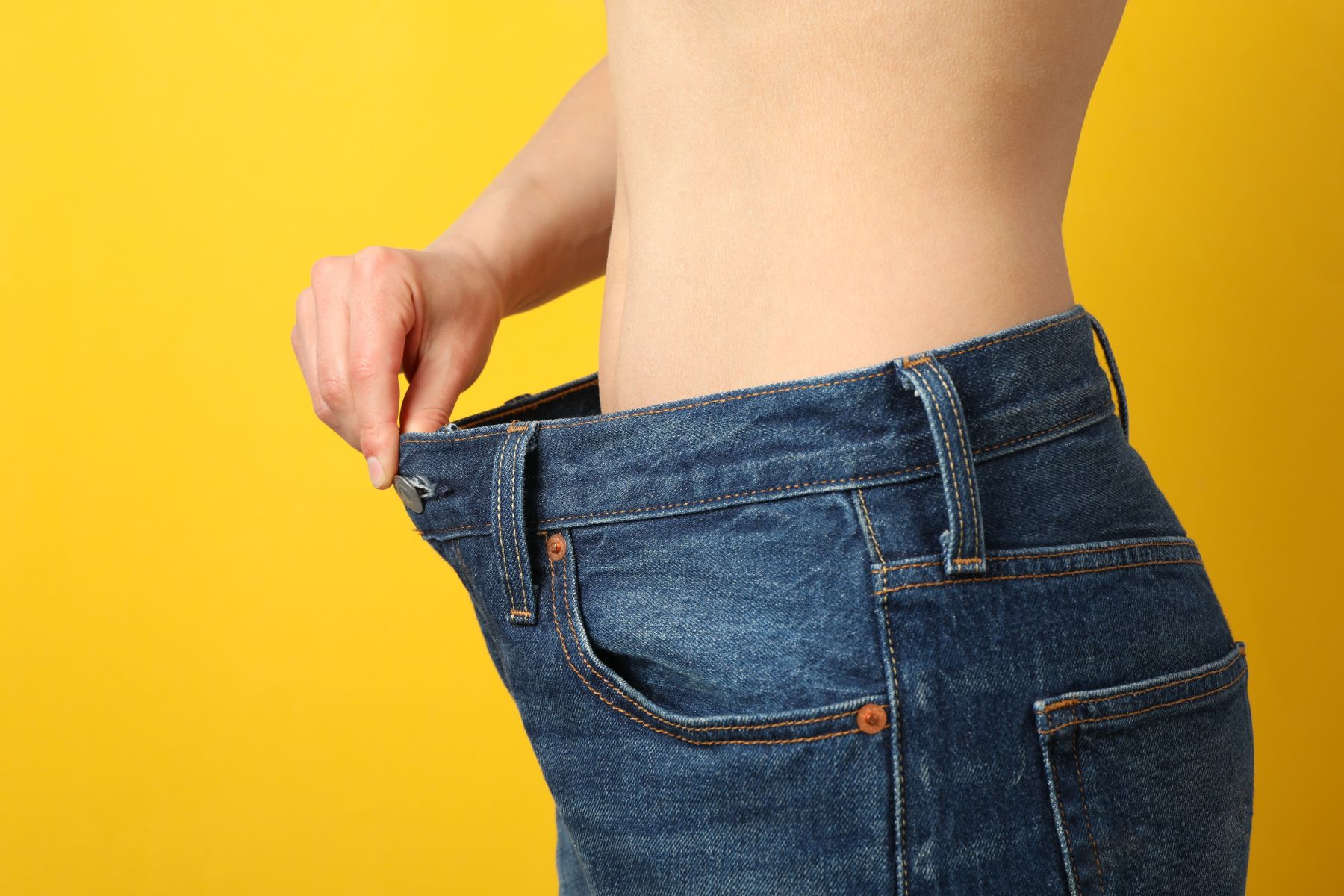
The Importance of Compression Garments after Liposuction
![]()
Photo by AtlasComposer Photo On Envato Elements
Liposuction is a popular cosmetic procedure that helps individuals achieve their desired body contours by removing excess fat deposits. While the surgical aspect of liposuction is crucial, post-operative care is equally important for optimal results.
One of the essential elements of post-operative care after liposuction is the use of compression garments. In this article, we will explore the reasons why compression garments are important after liposuction and how they can contribute to a successful recovery.
Understanding the Benefits of Compression Garments
Edema Reduction
Edema, the accumulation of watery fluid in the body’s tissues or cavities, is a common occurrence after liposuction. Compression garments play a significant role in reducing edema by applying gentle pressure to the treated areas. This pressure helps to restrict the formation of excess fluid and promotes its resolution, leading to faster recovery and reduced swelling.
Minimizing Bruising
Bruising is another common side effect of liposuction. The application of compression garments can help minimize bruising by providing support to the blood vessels and tissues. This support prevents excessive bleeding and reduces the appearance of bruises, allowing for a smoother and more comfortable recovery process.
Skin Retraction and Shrinkage
After liposuction, the skin in the treated areas may appear loose or saggy. Compression garments assist in skin retraction and shrinkage by applying consistent pressure on the skin surface. This pressure helps the skin conform to the new contours of the body, promoting a more toned and tightened appearance.
Duration and Importance of Wearing Compression Garments
The duration for which compression garments should be worn varies depending on several factors, including the amount of fat removed, the elasticity of the patient’s skin, and the presence of loose skin. It is crucial for patients to follow their surgeon’s specific instructions; however, the general routine for wearing compression garments is as follows:
Initial Period (Full-Time Use)
During the initial phase of recovery, it is recommended to wear compression garments full-time for a minimum of three weeks. Wearing the garment consistently during this period ensures optimal compression and assists in the resolution of fluid buildup and edema.
Transitional Period (Partial Use)
After the initial phase, patients can transition to wearing compression garments for twelve hours a day, either during the day or at night. This continued use helps maintain the benefits of compression while allowing for increased comfort and flexibility during the recovery process.
Maximum Duration
If there is minimal redundant skin, the use of compression garments can continue for up to six weeks. However, the need for extended use should be assessed on an individual basis, and patients should consult their surgeons for personalized recommendations.
Choosing the Right Compression Garment
Fitting and Sizing
The proper fit and size of a compression garment are crucial for its effectiveness. Ideally, the first garment should be fitted in the surgeon’s office before the liposuction procedure. As the edema resolves, the initial garment may become loose and require replacement. It is important to ensure that the garment fits snugly but not too tight, as excessive pressure can lead to discomfort, difficulty sleeping, or skin-related issues.
Spanx Compression Garments
While there are various compression garment options available, Spanx is a popular choice due to its supportive nature and availability in different sizes. Patients can bring their Spanx garments to the surgeon’s office for confirmation of proper fit. Alternatively, a Spanx-type garment can be purchased rather than ordering one from the doctor’s office, ensuring both cost-effectiveness and convenience.
Listening to Your Surgeon’s Recommendations
Throughout the liposuction process, it is important to trust and follow the guidance of your surgeon. They have firsthand knowledge of the amount of fat removed, the elasticity of your skin, and the presence of any skin redundancy. By listening to your surgeon, you can ensure the best possible outcome and a successful recovery.
Conclusion
In conclusion, compression garments play a vital role in the recovery process after liposuction. They provide numerous benefits, including edema reduction, bruising minimization, and promotion of skin retraction and shrinkage. Following the recommended duration and wearing the appropriate compression garment can contribute to faster healing, reduced swelling, and improved body contours.
It is essential to consult with your surgeon to receive personalized instructions and guidance throughout the recovery journey. Remember, by prioritizing post-operative care, you can achieve the best results and enjoy the transformative effects of liposuction.



